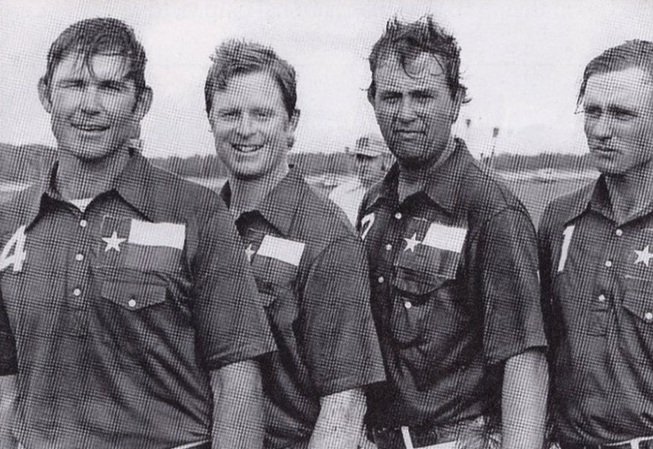
“A polo handicap is a passport to the world.”
A handicap is a comparative rating of polo playing skills bestowed by the United States Polo Association and expressed as goals that range on a scale from -2 to 10. This system was created by created by Henry Lloyd Herbert, the first president of the USPA, at the founding of the USPA in 1890 so teams could be more evenly matched when using players with varying abilities.
A -2 handicap would be given to a beginner player, whereas a 10 handicap is reserved for the most skillful player. These ratings have nothing to do with the number of goals a player scores; rather, a variety of factors such as skill, horsemanship, strategy, knowledge of polo, team play, and sportsmanship. It is so difficult to attain a 10-goal handicap that there are fewer than two dozen in the world, and about two-thirds of all players handicapped are rated at two goals or less.
The team handicap is the sum of the players' handicaps. The team with the lower handicap is granted the difference in goals at the beginning of the match. Each tournament has a handicap range, and each participating team's handicap must fall within that range.
For example, in an 8-10 goal tournament, no team may have a combined handicap of less than eight or more than ten. If two teams have different handicaps–for instance, the Blue team is eight goals and the Red team is nine–the lower rated team is awarded the difference in goals to begin the game. In this case, the Blue team would begin the game with one goal on the scoreboard.
